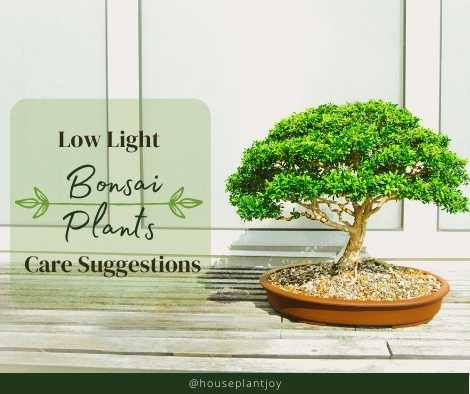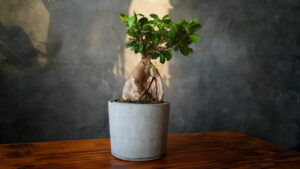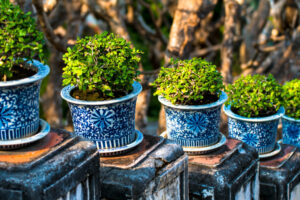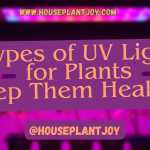HousePlantJoy is supported by our audience. When you purchase through one of our links, we may earn a small affiliate commission. As an Amazon Associate I earn from qualifying purchases. Your cost is not affected.
==================
How Low Light Bonsai Plants Work
The Best Indoor Bonsai For Low Light Spots
Ficus Bonsai Tree
Fukien Tree Tea
Video credit: @Bonsaifly
What Low Light Bonsai Plants Usually Need
Lighting
Watering and Using Fertilizer
fertilize plants right.
Temperature and Humidity
Should You Add Low Light Bonsai Plants To Your Home?
FAQs
What kind of environment is best suited for low light bonsai plants?
Low light bonsai plants thrive in places where it’s a bit cooler. They can also do well when in areas away from direct sunlight. Putting them in spots where diffused or indirect light works best too. Hence, getting a bonsai plant adjusted and thriving may take a while. But the effort to make it adapt is worth it. Don’t miss out on these unique and fascinating bonsai trees! Check out our list of the Top 7 Crazy and Unusual Bonsai Trees to add a touch of whimsy to your collection. Click now to see them all!
How often should I water my low light bonsai plant?
Low light bonsai plants need frequent but shallow watering. They still get thirsty as plants but should never drown in water. Check the soil every few days to ensure it’s moist but not soggy. You can use your fingers for your assessment. Also, avoid over-watering, leading to root rot and other issues.
How do I prune my low light bonsai plant?
It would help to prune your low light bonsai with care and patience. Plants do well when their branches are short. But, as mentioned, they still need to adapt. Please take note that the pruning process gets them stressed. So we have to be patient with them in this matter. But you ought to use clean, sharp tools that reduce the risk of damaging branches or leaves. Be gentle when you’re pruning. Start by removing dead and diseased wood for practicality. It would help if you did that before trimming any overly vigorous branches. These techniques can reduce plant stress and get essential tasks prioritized.
?? Discover the World of Bonsai at Houseplant Joy! ??
Immerse yourself in the captivating art of bonsai plant care and join our passionate community at Houseplant Joy. Follow us on social media platforms for a truly enriching experience filled with engaging content, product reviews, and connections with fellow bonsai enthusiasts.
? Facebook: Engage with us at facebook.com/houseplantjoyblog for insightful articles, discussions, and updates.
? Instagram: Feast your eyes on stunning visuals and get inspired by following us at instagram.com/houseplantjoy20.
? Pinterest: Unlock a world of inspiration and creativity by exploring our boards at pinterest.com/houseplantjoy.
? Twitter: Stay in the loop with real-time updates, events, and bonsai-related news by following us at twitter.com/houseplantjoy.
Let Houseplant Joy be your gateway to a fulfilling bonsai journey. Unleash your green thumb, gain expert tips, and connect with a community that shares your love for the beauty and tranquility of bonsai. Visit our social media accounts now and embark on a bonsai adventure like no other. Happy bonsai gardening! ?✨










